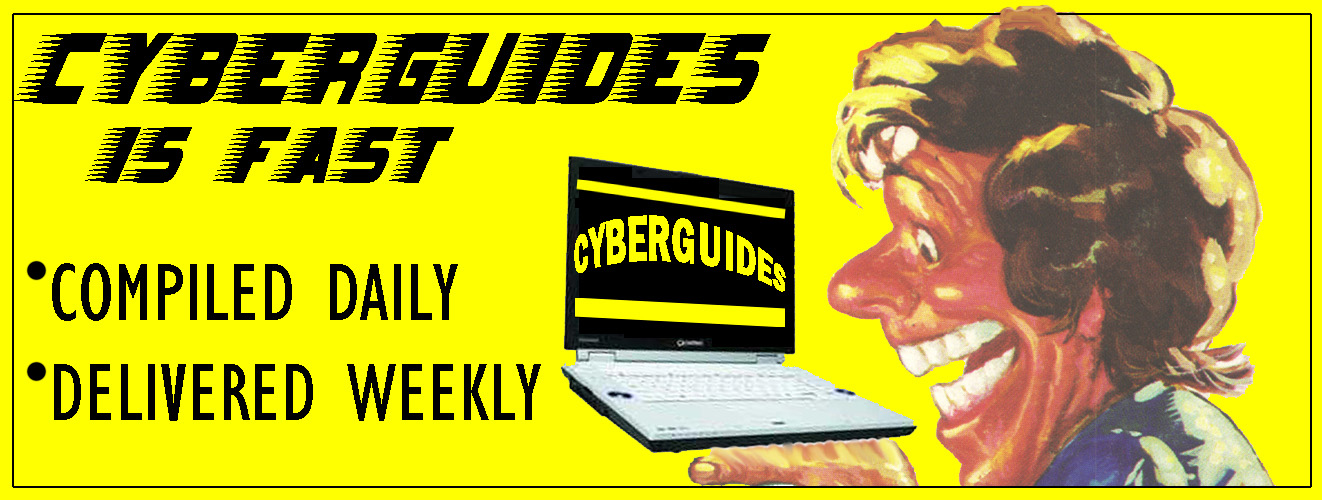

 Ask “Mr. Music”
Ask “Mr. Music” 
 Jerry Osborne
Jerry Osborne 

 FOR THE WEEK OF APRIL 14, 2003
FOR THE WEEK OF APRIL 14, 2003DEAR JERRY: Can you please tell me whatever happened to Miss Toni Fisher, the singer of “The Big Hurt,” and others?
I recall seeing Fisher doing “The Big Hurt” on a TV show right about the same time as when Buddy Holly, Ritchie Valens, and the Big Bopper lost their lives in a plane crash.
While she stood there singing, her instrumental accompanist produced the strangest of musical sounds.
Also, do you know why the great songs of the '50s and '60s are not played on the radio anymore?
—Larry P. Palazzo, Tacoma, Wash.
DEAR LARRY: Your first question is easier than the second one. Miss Toni Fisher died of a heart attack on February 12, 1999, at the age of 67.
“The Big Hurt,” a 1959 issue that peaked at No. 2 on Cash Box and No. 3 on Billboard, is widely regarded as the first record using an electronic phasing technique.
Vocal and instrumental segments glide through an uncanny electronic fuzz, wherein sound phases in and out, up and down, and everywhere else.
Whether or not the psychedelic and synthesized pop bands of the mid-to-late '60s, and beyond, were directly inspired by “The Big Hurt,” the same basic phasing gimmick launched many hits of that era.
Fisher's album, of the same title as the hit single, is also unique. Rather than being issued in either monaural or stereo, like all other LPs at the time, it came labeled as “StereOmonic.”
This previously and thereafter unknown format was merely an attempt to sell the same album to those with stereo and those with mono players.
As for the timeline, Miss Toni Fisher and “The Big Hurt” came on the scene in November of 1959, nine months after the plane crash that claimed the Three Stars.
I do not have an across-the-board answer to question number two, as each station chooses their format based on many factors.
Most larger markets do have at least one station that plays songs from the '50s and '60s. The biggest complaint about them seems to be that they have very short play lists, featuring only a tiny percentage of the music from rock and roll's first generation.
The '50s and '60s oldies channels offered by the home satellite dish providers (i.e. DirectTV) may be a good option for you. They have no talk, no commercials, and no interruptions of the music. Their play lists are far more extensive than that of most radio stations.

Turning in one direction took him to his everyday job and the same old existence. Going in the opposite direction meant leaving his present lifestyle, as well as his nagging wife and children, for an adventure into the unknown.
From these details, do you know the song, the singer, and how it can be obtained?
—Tommy Jane Ernst, St. Petersburg, Fla.
DEAR TOMMY JANE: It is a pleasure to write about this great tune, with its story line that is really a 3:17 mini-drama. The pros and cons of turning in each direction are weighed carefully, just as would likely happen in real life: “a left turn would take me to somewhere, leave alarm clocks and schedules behind. I don't know which takes more courage, the staying or the running away.”
By the multi-talented Roy Clark, the title reflects the daily dilemma faced at that intersection: “Right Or Left at Oak Street” (Dot 17324). It is a Top 30 hit released in late 1969.
This track is currently available on the Varese Sarabande CD "Roy Clark's Greatest Hits" (VSD-5608).



IZ ZAT SO? Anyone who has ever seen Roy Clark perform knows that he is a virtuoso with any stringed instrument, but you may not know that Roy also plays trumpet, trombone, and piano.
These musical skills are in addition to his being an excellent singer and a talented comedian.
In the years before “Hee Haw” made its TV debut, with Roy Clark as co-host, he had a recurring role as Cousin Roy in “The Beverly Hillbillies.”



